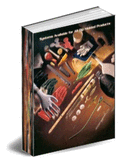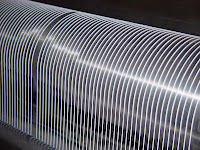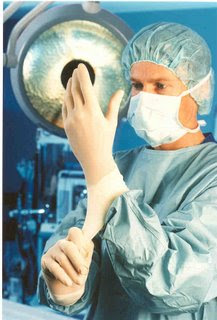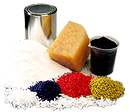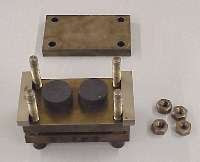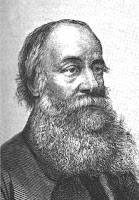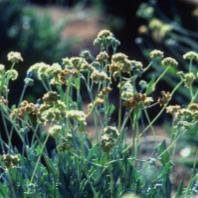The Language of Rubber - Part 1 (Tensile Stress, Strain and Tensile Strength)

To the engineers, modulus when applied to steel, is the stress divided by the strain i.e. a ratio which is a constant. For rubber, the modulus is the co-ordinates of a particular point on the stress-strain curve and is expressed as the stress per unit area (e.g. kg/cm2 or psi).
Strain is commonly referred to as the elongation or the rubber under stress i.e. the extension of a test specimen produced by the tensile force and is expressed as a percentage of the original length.
Ultimate elongation is the elongation at the time rupture during the stretching of the specimen. This is commonly known as elongation at break.
Tensile strength is the stress at the time of rupture.
To a rubber technologist, the tensile strength, tensile stress and ultimate elongation are of utmost importance for compound development, quality control and for accessing the suitability or the resistance of the compound to deterioration by external factors such as heat,ozone,oxygen weathering exposure and chemicals such as oil and solvents.
One should take note that despite the importance mentioned above, the significance of tensile properties is questionable when comparing different rubbers. A good example is the case of the tyre industry when it switched from using natural rubber to synthetic rubber during World War II. The tread compound based on synthetic rubber with lower tensile strength (~ 175 kg/cm2)compared to that of natural rubber (350 kg/cm2) was found to be performing as satisfactorily as those based on natural rubber.
You are at the site for answers and solutions to all your problems in natural rubber latex processing and manufacturing of industrial, household and medical gloves, condoms, catheters, baby teats and baby pacifiers, toy balloons, latex foam products, latex threads etc.


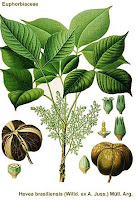

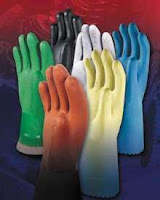




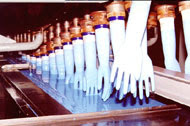

















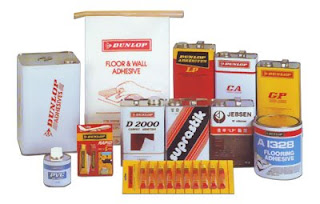
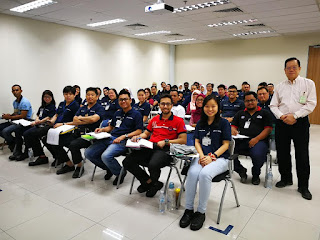

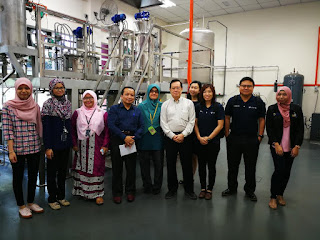






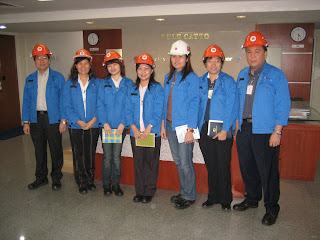
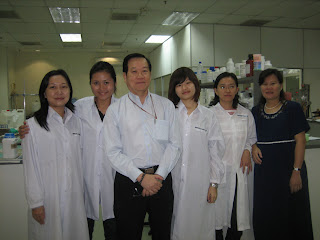
.jpg)
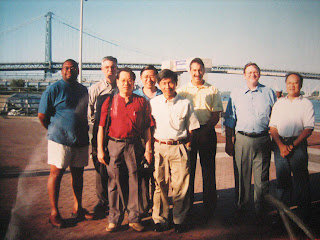.jpg)


.jpg)
.jpg)
.jpg)
.jpg)
.jpg)
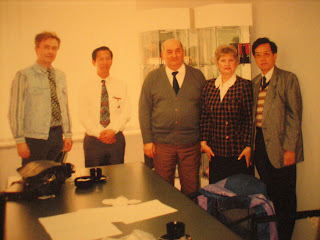.jpg)
.jpg)
.jpg)
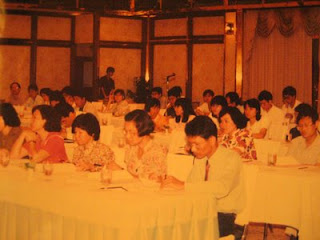.jpg)
.jpg)
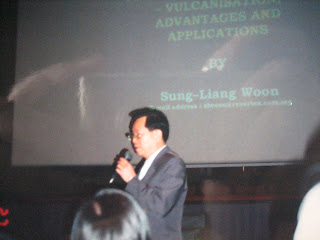.jpg)
.jpg)
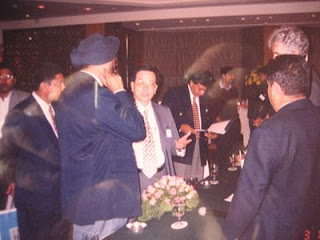.jpg)
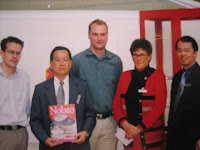.jpg)
.jpg)
.jpg)
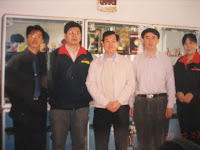.jpg)
.jpg)




